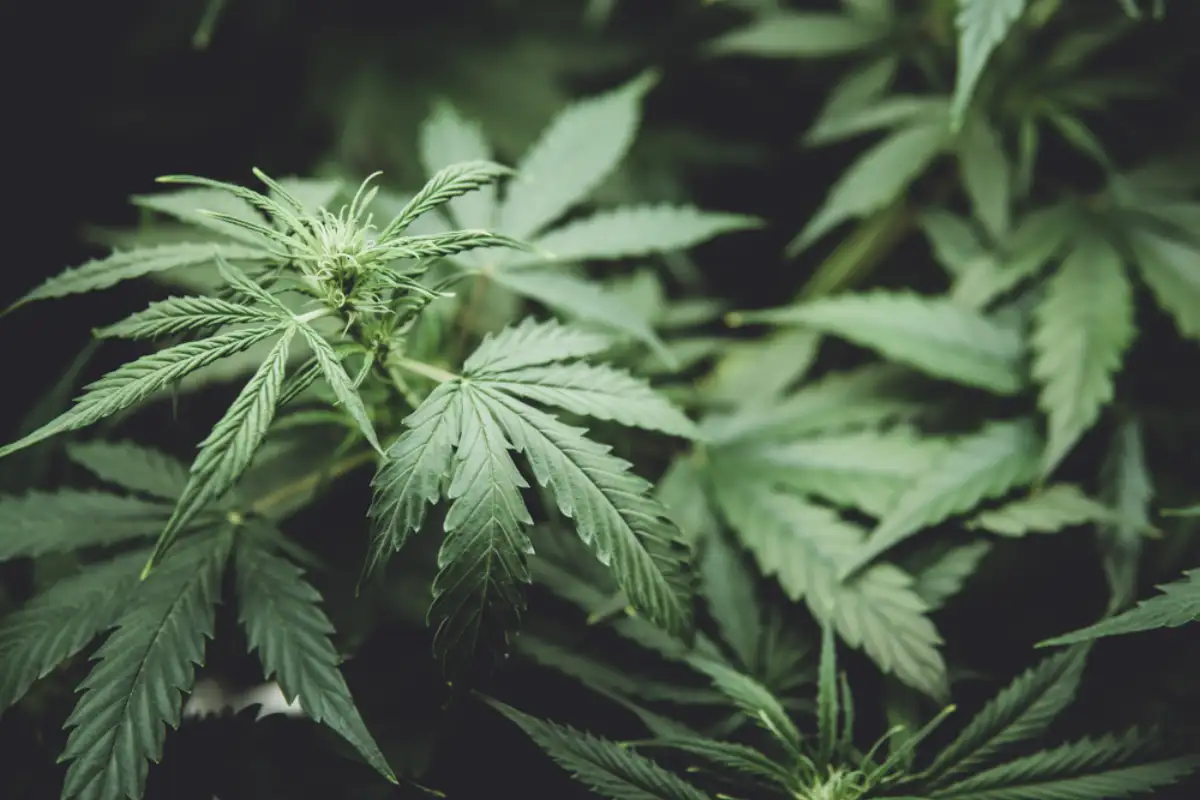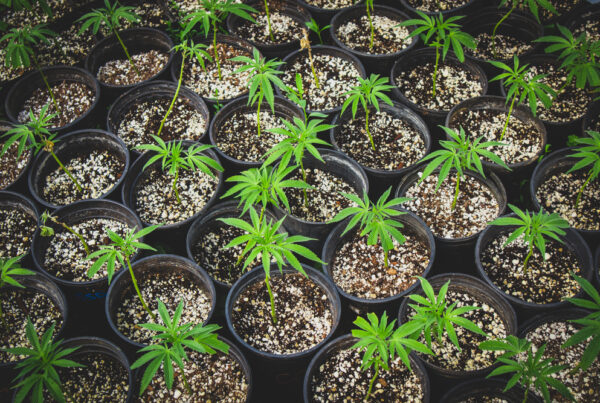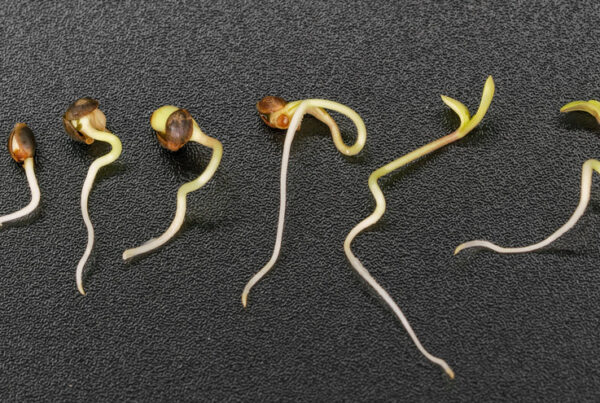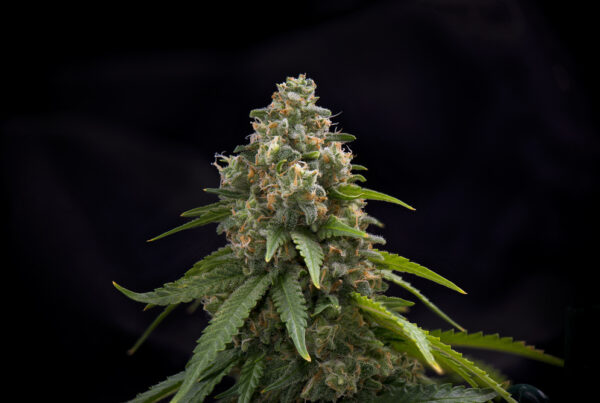Hemp and cannabis are two terms often used interchangeably, but they actually refer to two distinct varieties of the Cannabis plant. Understanding the difference between these two plants is crucial, especially as they have varying legal statuses and uses. In this blog post, we will delve into the world of hemp and cannabis, exploring their definitions, uses, legal status, and key differences. By the end, you’ll have a clear understanding of these plants and their implications, helping you make informed decisions about their consumption or cultivation. So, let’s dive in and unravel the mysteries of hemp and cannabis!
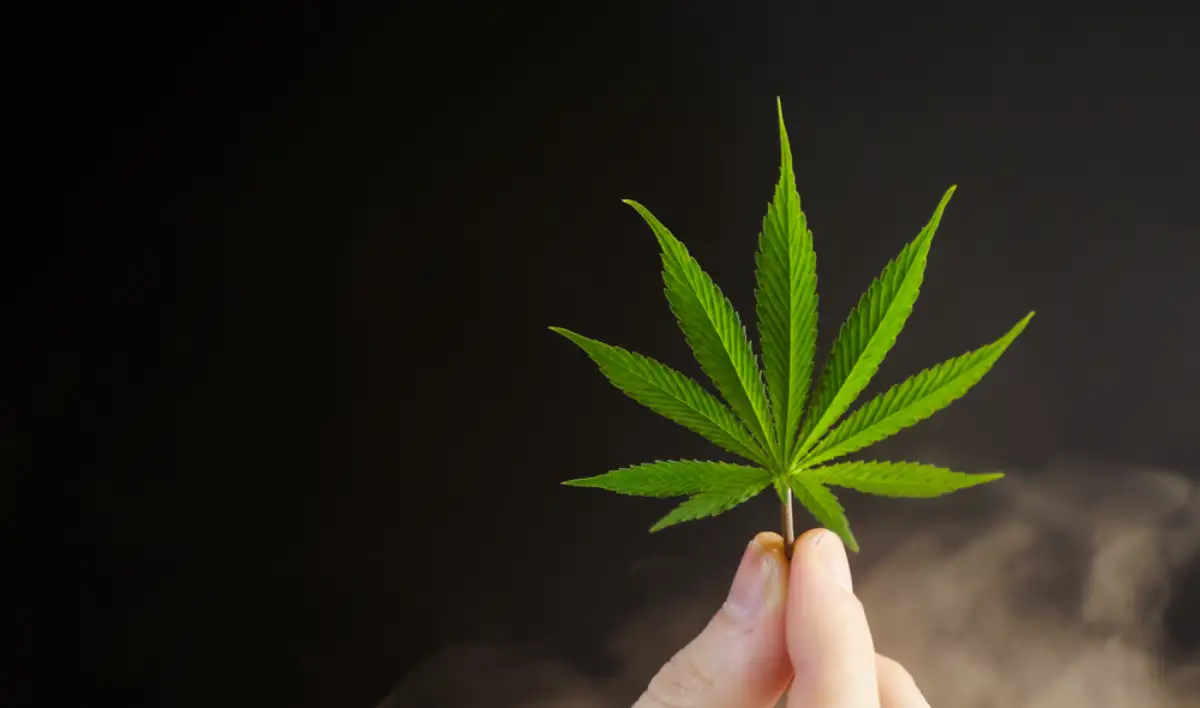
Introduction: Hemp and Cannabis Overview
Hemp and cannabis are two unique varieties of the Cannabis plant, each with its own distinct characteristics, uses, and legal implications. In this section, we will provide an overview of hemp and cannabis, setting the foundation for a deeper understanding of their differences.
Cannabis is a genus of flowering plants that includes several species, the most well-known being Cannabis sativa and Cannabis indica. It has been cultivated for centuries for its medicinal, recreational, and industrial purposes. Cannabis contains various chemical compounds known as cannabinoids, with the most prominent ones being delta-9-tetrahydrocannabinol (THC) and cannabidiol (CBD).
Hemp, on the other hand, refers to a specific variety of Cannabis sativa. It is cultivated for industrial purposes and has been used for thousands of years to produce fiber, textiles, paper, and other materials. Hemp also contains cannabinoids, but in much lower concentrations, particularly THC. Instead, it is rich in CBD and other non-intoxicating compounds.
While both hemp and cannabis belong to the same plant family, they have distinct differences in terms of their chemical composition, appearance, cultivation methods, and legal status. Understanding these differences is crucial in order to navigate the various uses and regulations surrounding these plants.
Now that we have established a basic understanding of hemp and cannabis, let’s explore each of them in more detail, starting with cannabis.
Understanding Cannabis
Cannabis, also known as marijuana, is a versatile plant with a long history of human use. In this section, we will explore the various aspects of cannabis, including its definition, uses, and legal status.
What is Cannabis?
Cannabis refers to a genus of flowering plants in the Cannabaceae family. The two most common species within this genus are Cannabis sativa and Cannabis indica. These plants contain numerous chemical compounds called cannabinoids, which interact with the body’s endocannabinoid system to produce various effects.
The primary psychoactive compound found in cannabis is delta-9-tetrahydrocannabinol (THC). THC is responsible for the euphoric and psychoactive effects commonly associated with cannabis use. However, cannabis also contains other cannabinoids, such as cannabidiol (CBD), which has gained attention for its potential therapeutic properties.
Uses of Cannabis
Cannabis has a wide range of uses, both recreational and medicinal. Historically, it has been used for its psychoactive effects, providing relaxation, euphoria, and altered sensory perception. Today, it is commonly consumed for recreational purposes, often smoked or vaporized.
In addition to its recreational use, cannabis has gained recognition for its potential medical benefits. CBD, one of the non-intoxicating cannabinoids found in cannabis, has shown promise in managing pain, reducing inflammation, alleviating anxiety and depression, and even treating certain forms of epilepsy. Medical cannabis is used in various forms, including oils, tinctures, capsules, and topicals.
Legal Status of Cannabis
The legal status of cannabis varies greatly from country to country and even within different regions of the same country. While some nations have fully legalized cannabis for both recreational and medical use, others strictly prohibit its use and cultivation. In certain jurisdictions, cannabis may be decriminalized, allowing for personal use or possession in limited quantities without severe legal consequences.
It is important to familiarize oneself with the specific laws and regulations regarding cannabis in the region where one resides or plans to visit. These laws can dictate the legality of possession, cultivation, distribution, and sale of cannabis products.
Now that we have explored the basics of cannabis, let’s turn our attention to hemp, another variety of the Cannabis plant with its own unique characteristics and uses.
Understanding Hemp
Hemp is a distinct variety of the Cannabis plant that has been cultivated for thousands of years for its industrial and commercial uses. In this section, we will delve into the world of hemp, exploring its definition, uses, and legal status.
What is Hemp?
Hemp, scientifically known as Cannabis sativa L., is a versatile plant that is primarily grown for its industrial applications. It is characterized by its tall, fibrous stalks and minimal branching. Hemp plants have been selectively bred to have low levels of THC, the psychoactive compound found in cannabis, while containing higher levels of other cannabinoids, such as CBD.
The cultivation of hemp dates back centuries and has been utilized for a wide range of purposes. Historically, it has been used to produce fibers for textiles, ropes, and paper. Additionally, hemp seeds are a valuable source of nutrition, often used in food products.
Uses of Hemp
Hemp has a multitude of applications across various industries. Its fibers are remarkably strong and durable, making them ideal for textiles, rope, and paper production. Hemp fibers are also used in the construction industry as insulation and building materials.
Hemp seeds are highly nutritious and are rich in essential fatty acids, protein, and minerals. They can be consumed as a whole food or used to produce hemp oil, which is used in cooking and as a supplement. Additionally, hemp seeds can be ground into a flour-like substance or used to make dairy-free alternatives, such as hemp milk.
Hemp-derived CBD has gained significant popularity in recent years due to its potential therapeutic properties. CBD products, such as oils, tinctures, creams, and capsules, are used for various purposes, including pain management, anxiety relief, and promoting overall well-being.
Legal Status of Hemp
The legal status of hemp varies across different regions and countries. In many parts of the world, including the United States, hemp is legal to cultivate, process, and use for industrial purposes, as long as it contains less than 0.3% THC. This legal distinction sets hemp apart from cannabis, which typically contains higher levels of THC.
The legalization of hemp has opened up opportunities for farmers, manufacturers, and consumers to explore its vast potential. However, it is important to be familiar with the specific laws and regulations governing hemp cultivation and use in your jurisdiction.
Now that we have gained a better understanding of hemp, let’s move on to explore the key differences between hemp and cannabis in the next section.
Key Differences Between Hemp and Cannabis
Hemp and cannabis may belong to the same plant family, but they have significant differences in terms of their chemical composition, appearance, and cultivation methods. In this section, we will explore the key distinctions between hemp and cannabis.
Chemical Composition
One of the primary differences between hemp and cannabis lies in their chemical composition, specifically the levels of cannabinoids present. Cannabis is known for its high levels of THC, the psychoactive compound responsible for the “high” associated with marijuana use. In contrast, hemp contains low levels of THC and higher levels of CBD, a non-intoxicating cannabinoid that is believed to have various therapeutic properties.
The legal definition of hemp often revolves around its THC content. In many jurisdictions, hemp is classified as cannabis with less than 0.3% THC by dry weight. This low THC content is what distinguishes hemp from cannabis with higher THC levels.
Appearance
Hemp and cannabis also differ in their physical appearance. Cannabis plants are often shorter and bushier, with broader leaves and dense buds. These characteristics are a result of selective breeding to enhance the production of THC-rich flowers.
Hemp, on the other hand, is typically taller and has skinnier leaves with fewer branches. It generally has a more fibrous appearance and is cultivated for its stalks, leaves, and seeds rather than its flowers or buds.
Cultivation
Cultivation methods for hemp and cannabis also vary. Cannabis plants are often grown in controlled environments, such as indoor grow rooms or greenhouse setups, to optimize their growth and maximize THC production. The cultivation process for cannabis requires specific lighting, temperature, humidity, and nutrient levels to achieve the desired quality and potency.
Hemp, on the other hand, can be grown in a wider range of environments and is more adaptable to different climates and soil conditions. It is commonly cultivated outdoors on a larger scale, as it does not require the same level of control as cannabis. Hemp plants are typically grown closely together to encourage tall, straight stalks for fiber production or spaced further apart for seed production.
Now that we have explored the key differences between hemp and cannabis, let’s move on to the next section to examine the implications of using these plants, including their impact on health, the environment, and the economy.
Implications of Using Hemp and Cannabis
The use of hemp and cannabis can have various implications, ranging from their impact on health to the environment and the economy. In this section, we will explore these implications in more detail.
Impacts on Health
Both hemp and cannabis have potential implications for human health, although the effects can differ significantly due to their varying chemical compositions. Cannabis, particularly with higher THC levels, is known for its psychoactive effects, which can have both positive and negative impacts on individuals.
On the positive side, cannabis has shown promise in managing chronic pain, reducing nausea and vomiting associated with chemotherapy, and improving appetite in certain medical conditions. It has also been explored for its potential in treating neurological disorders, such as epilepsy.
However, the psychoactive effects of cannabis can also lead to negative health consequences, especially when used excessively or by individuals with certain vulnerabilities. This can include impaired cognitive function, increased heart rate, respiratory issues from smoking, and potential psychological dependence.
In contrast, hemp, with its lower THC levels and higher CBD content, is often consumed for its potential therapeutic benefits without the intoxicating effects. CBD has been studied for its potential in managing pain, reducing inflammation, alleviating anxiety and depression, and promoting overall well-being. However, further research is needed to fully understand the long-term effects and potential interactions with other medications.
Environmental Implications
From an environmental perspective, hemp is considered a more sustainable option compared to many other crops. Hemp plants have deep roots, which help prevent soil erosion and improve soil health. They also require fewer pesticides and herbicides, contributing to a reduction in chemical pollution.
Furthermore, hemp has a relatively short growth cycle, typically around 120 days, allowing for multiple harvests in a year. This efficient use of land and resources makes hemp a potentially valuable crop for sustainable agriculture practices.
Cannabis cultivation, on the other hand, often requires more intensive resources and energy inputs, especially in indoor grow operations. These operations consume significant amounts of electricity for lighting, ventilation, and climate control. Additionally, illegal cannabis cultivation can have detrimental effects on the environment, including deforestation, water pollution, and harm to wildlife.
Economic Implications
The use of hemp and cannabis also has economic implications. The growing acceptance and legalization of hemp and cannabis in various regions have led to the emergence of a thriving industry. This includes the cultivation, processing, and manufacturing of hemp-based products, as well as the production and distribution of cannabis for medical and recreational purposes.
The economic benefits of the hemp and cannabis industry can be seen in job creation, tax revenue generation, and opportunities for entrepreneurship. The market for hemp-derived products, such as textiles, paper, construction materials, and CBD-based products, continues to expand.
However, it is important to note that the legal landscape and regulations surrounding hemp and cannabis can greatly impact the economic potential of these industries. Licensing, compliance, and marketing restrictions can pose challenges for businesses operating in this space.
Now that we have explored the implications of using hemp and cannabis, let’s move on to the concluding section to summarize the key takeaways from this discussion.

Conclusion: Key Takeaways on Hemp vs Cannabis
In conclusion, understanding the difference between hemp and cannabis is essential for anyone seeking to navigate the world of cannabis and make informed decisions. Here are the key takeaways from our exploration of hemp and cannabis:
- Hemp and cannabis are two distinct varieties of the Cannabis plant, each with its own unique characteristics, uses, and legal status.
- Cannabis is known for its psychoactive effects due to its higher levels of THC, while hemp contains low levels of THC and higher levels of CBD.
- Cannabis is commonly used for recreational and medicinal purposes, with potential benefits for pain management, anxiety relief, and other conditions.
- Hemp is primarily cultivated for industrial purposes, such as fiber production, seed processing, and CBD extraction.
- The legal status of hemp and cannabis varies across jurisdictions, with some regions fully legalizing both or either one, while others strictly prohibit their use.
- Hemp and cannabis differ in their chemical composition, appearance, and cultivation methods.
- The use of hemp and cannabis can have implications for health, with cannabis having psychoactive effects and potential therapeutic benefits, while hemp-derived CBD is often consumed for its potential therapeutic properties without intoxication.
- Hemp cultivation is generally considered more sustainable, requiring fewer pesticides and herbicides, and offering potential benefits for soil health and crop rotation.
- The hemp and cannabis industries have economic implications, including job creation, tax revenue generation, and entrepreneurial opportunities, but are subject to regulations and market dynamics.
By understanding the distinctions between hemp and cannabis, individuals can make informed choices regarding their use, cultivation, and participation in the evolving hemp and cannabis industries.
Remember, it is essential to stay updated on the laws and regulations specific to your region to ensure compliance and responsible engagement with these plants.



